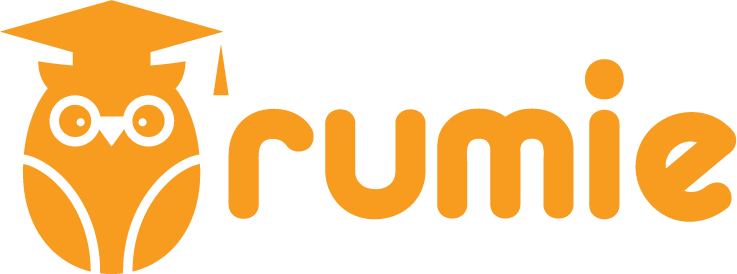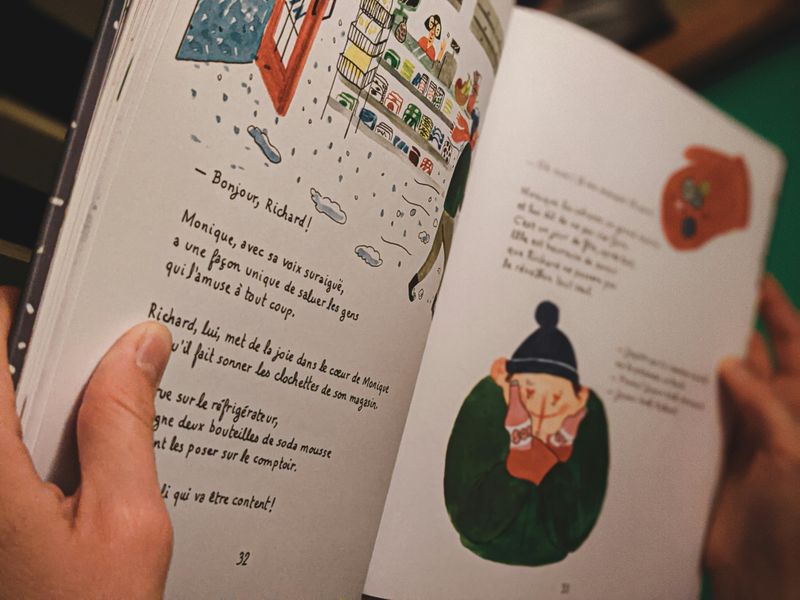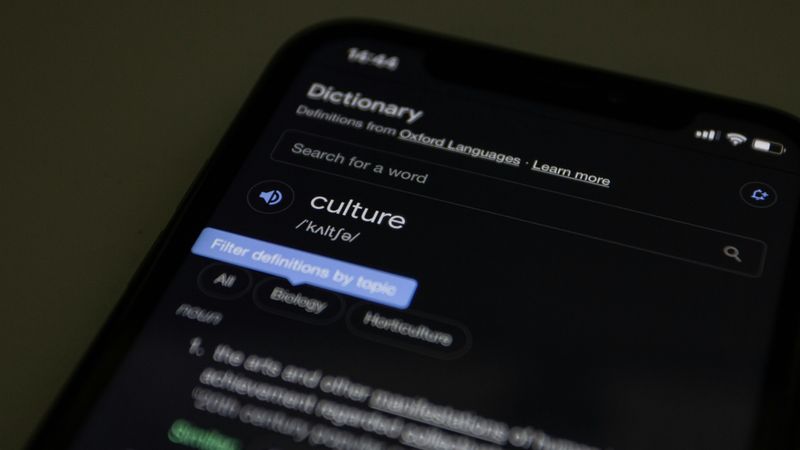Has learning to read in a new language been a frustrating experience for you?
From learning a new alphabet and basic grammar to building up your vocabulary and comprehension skills, the challenges that come with learning how to read in a new language can be discouraging.
If you've been asking yourself "How can I learn to read in a new language?", take heart! With consistent practice and by implementing effective strategies to help speed up the journey, you'll be able to overcome these challenges and reach new levels of language proficiency with ease.
1. Choose Simple Texts
To learn how to read in a new language, begin by choosing simple texts such as:
Children's books
Short stories
Comic strips or graphic novels
Simple articles
Social media posts
Simple instructional text
Dual language books that offer the same text in two languages side by side
Another great option is to choose graded readers, which are texts that are specifically designed for language learners. Graded readers use simpler vocabulary and grammar, making them easier to understand. They're more accessible for reading, allowing you to gradually expand your vocabulary with continued practice.
Be honest with yourself and select texts that match your current reading level, then progress step by step from there!
2. Use Context Clues
When you come across unfamiliar words, try to infer their meanings from the context of the sentence or paragraph. This can help you learn how to read in a new language without needing to look up every word.
When faced with unfamiliar words or sentences, consider using these strategies:
Look for familiar words 👀
Analyze the surrounding words 🔍
Use images or visuals to infer 🖼️
Identify sentence structures 📝
Skim through the paragraph to recognize the general context of the passage 📖
Consider reading a book that you already have read in your native language or that you already know the plot of, such as the Harry Potter series. The context will be easier to infer as the plot will be able to guide you.
Quiz: What Should Casey Do?
Casey is a native English speaker who has been learning Portuguese for the past few months. They recently picked up The Alchemist by Paulo Coehlo to read in Portuguese, a novel they already read in English a year ago. Despite somewhat remembering the plot, Casey has been really struggling to get through the first chapter.
Quiz
To reduce their struggle, Casey should:
3. Read Out Loud and Consistently
Reading aloud is an effective technique that will help progress learning to read in a new language, as it helps to:
Reinforce memory
Improve pronunciation
Improve listening skills
Enhance ability to recognize common patterns
Expand vocabulary
Canadian psychologist Colin Macleod coined the term for the phenomenon of the "production effect", which means that "producing written words — that’s to say, reading them out loud — improves our memory of them."
Consistency is crucial. Set aside dedicated time each day or week to practice reading in the target language. Even short sessions can be beneficial!
4. Build Up Your Vocabulary
Continuously work on expanding your vocabulary.
Keep a vocabulary journal or list. Using a physical paper journal or a digital one, take note of new words and review them regularly. Add the definition, synonyms, antonyms, example sentences, or any other notes about the word.
Use flashcards. Make your own physical flashcards by using index cards or small pieces of papers. Write the word in the front, and the definition in the back. Or, create digital flashcards using tools like Anki, Memrise, or Quizlet.
Expose yourself to different kinds of texts and content. Explore a new genre and read blogs or articles on topics you normally wouldn't choose.
5. Use Technology
Using technology can transform your learning experience into one that is more efficient, convenient and fun!
Language learning apps 📱
Duolingo: uses a gamified approach
Rosetta Stone: uses an immersive and intuitive approach
Babbel: aims to provide practical language skills to use in real life situations
LingQ: focuses on reading and listening practice
Readlang: focuses on reading skills
E-readers 📖
Many e-readers, such as a Kindle or Kobo, can translate a word or provide a definition when you highlight it. This is more convenient and less disruptive than having to pause to search up a word in a physical dictionary.
Read this article The Kindle as a Powerhouse for Language Learning: Hacks and Review for some tips from a language learner.
Google Translate app 💬
Text recognition: point your phone camera over any text and the Google Translate app will translate it for you.
Translation: type in any word you wish to translate instantly.
Audio: listen to how a word is pronounced
Definitions: read definitions and example sentences
6. Language Learning Communities
Learning becomes more engaging and enjoyable when it's done in a social context!
Join language learning communities online or in-person to connect with others. You'll learn strategies, technology and resources, and you can discover book recommendations. Other community members can encourage you to work harder and accelerate your progress as you learn how to read in a new language.
Online forums
Reddit or social media platforms like Facebook or Instagram
Meet up groups
Use Facebook or Meetup to find language groups or events in your community to meet up with others learning the same language.
Online tutor apps
italki: connect with online tutors around the world
Hellotalk: connect with native speakers around the world
Take Action
Learning to read in a new language doesn't happen overnight, but consistent effort and utilizing tools, technologies, and resources can accelerate your progress.
Check out the resources below to get started on your journey:
Your feedback matters to us.
This Byte helped me better understand the topic.








